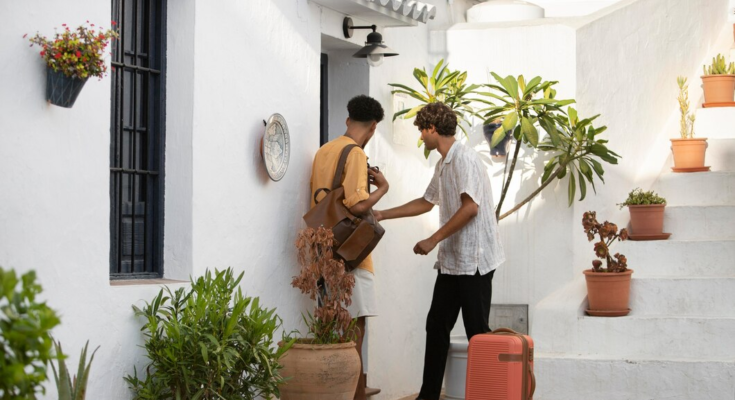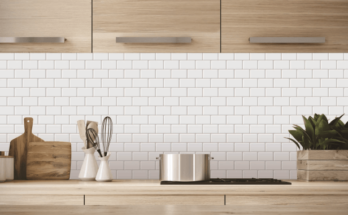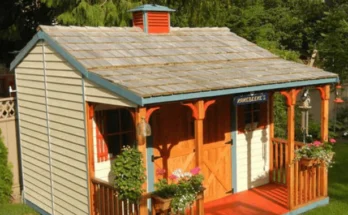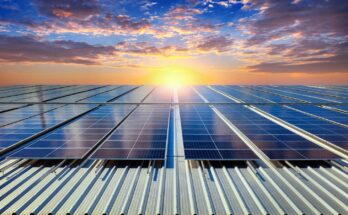Nowadays, there is a rising demand for sustainable building designs among homeowners. This stems from the increasing apprehension about environmental issues like pollution and global warming, among others.
Australia’s environment has been classified as “poor and deteriorating” in the 2021 State of the Environmental Report. As the largest country on Earth, Australia takes the lead in constructing sustainable homes.
To learn more about sustainable homes in Australia, let’s discuss these structures’ eco-friendly features, functions, and other essential qualities.
What are sustainable homes?
Sustainable homes cannot be confined to a single description. However, they are commonly defined as residences with minimal energy requirements during construction and operation. In Australia, numerous homeowners choose to build with Montgomery homes due to their expertise in crafting energy-efficient dwellings.
Moreover, sustainable homes are structures that minimize the adverse environmental impacts on flora and fauna. In building sustainable homes, moderate use of materials, space, and energy is observed.
Sustainable Home Buildings
Besides aesthetic and functional homes, Australians are leaning towards greener materials used in the construction of their properties. Today, here are some of the most sought-after sustainable home trends you must know about.
Net-Zero Homes
Homes achieving net zero status produce as much energy as they use. A net-zero home will make as much electricity on-site as it consumes all year. It’s a number-driven process, so it’s recommended to consult a team of zero-home experts before building your home.
Consulting with experts can greatly assist you in identifying an ideal location for implementing a passive solar design. Moreover, their guidance in selecting suitable materials for this design will contribute to reduced emissions and lower embodied energy. Additionally, they can provide recommendations on energy-efficient appliances, devices, and renewable energy sources to be incorporated into your project.
Carbon Neutral Design
Carbon-neutral design refers to keeping greenhouse gas emissions to a minimum, covering the different phases of building a home, like production, construction, and use. Moreover, it employs climate-friendly measures to offset the emissions, which translates to a net carbon that is zero over time.
The main criteria for carbon-neutral design are zero or less life-cycle greenhouse gas emissions. They are best described as houses having a healthy balance between the carbon dioxide they absorb and emit.
Prefabricated Buildings
You can find many prefabricated buildings erected in Australia today. Many builders and homeowners prefer this sustainable home trend because of the number of benefits they can provide. They are known as cost-effective and greener options for eco-conscious home builders and owners.
In simplest terms, prefabricated buildings are built-in modules or panels off-site. Once done, they will be transported to the site, where they will be assembled, resulting in a home with different sections.
According to a recent report, around 3% of Australian homes are prefabricated buildings. This goes to show that prefab home construction is a growing industry, considering the fact that it is expected to grow to 15% by 2025.
Green Roofs
Green roofs are a growing trend in Australia. Many prefer green roofs because of the refreshing look they give off. But, more than the aesthetic appeal, they are beneficial for the economy, the environment, and the health of urban residents, especially in highly metropolitanized areas in Australia.
In addition, different parts of Australia experience high temperatures, and green roofs can help combat the urban heat island effect, which refers to the worse air and water quality of metropolitan areas compared to their rural neighbors. This results from cities replacing natural land cover with compact concentrations of buildings, pavements, and other surfaces that absorb and retain heat.
Plus, green homes also promote biodiversity. In crowded central business districts, green roofs in residential areas can be the ideal habitat for birds and insects, which can go around the city and improve biodiversity even more.
Solar Windows
Solar windows are like conventional windows but with built-in solar panels. In addition, they feature photovoltaic glazing, which converts sunlight into renewable energy. This renewable energy will be used to power electrical appliances inside the home.
These windows absorb light passing through them during daylight hours, providing the entire home with free renewable electricity. For places in Australia with high temperatures, solar windows can help block ultraviolet radiation, which can damage furniture.
Moreover, the tint in solar windows allows increased privacy since it will be harder to see through them into your property. Now, if there is excess energy, it will be stored in a solar battery of the National Grid, which can be used later.
Final Thoughts
Investing in sustainable homes can yield long-term benefits to homeowners. Following any of the trends we have covered here can help you save more in the long run, as it can save you money on utilities and maintenance. Most importantly, with these sustainable features, you can restore the environment by reducing your carbon footprint.




